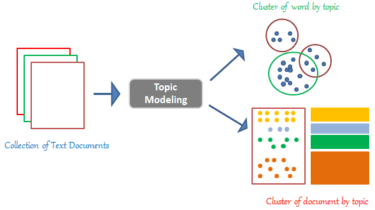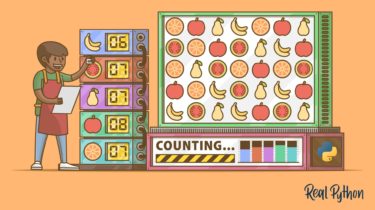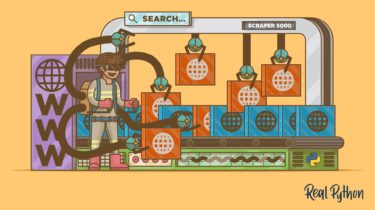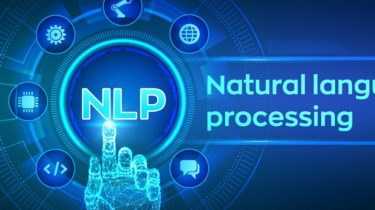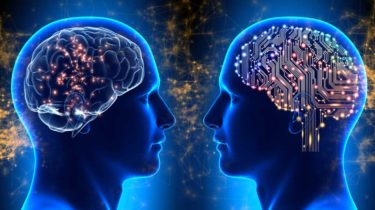Build Your Own Fake News Classifier With NLP
img src: https://wallpapercave.com/w/wp7461543 Introduction The major objective of watching or reading news was to be informed about whatever is happening around us. There are several social media platforms in the current modern era, like Facebook, Twitter, Reddit, and so forth where millions of users would rely upon for knowing day-to-day happenings. Then came the fake news which spread across people as fast as the real news could. Fake news is a piece of incorporated or falsified information often aimed at misleading […]
Read more
